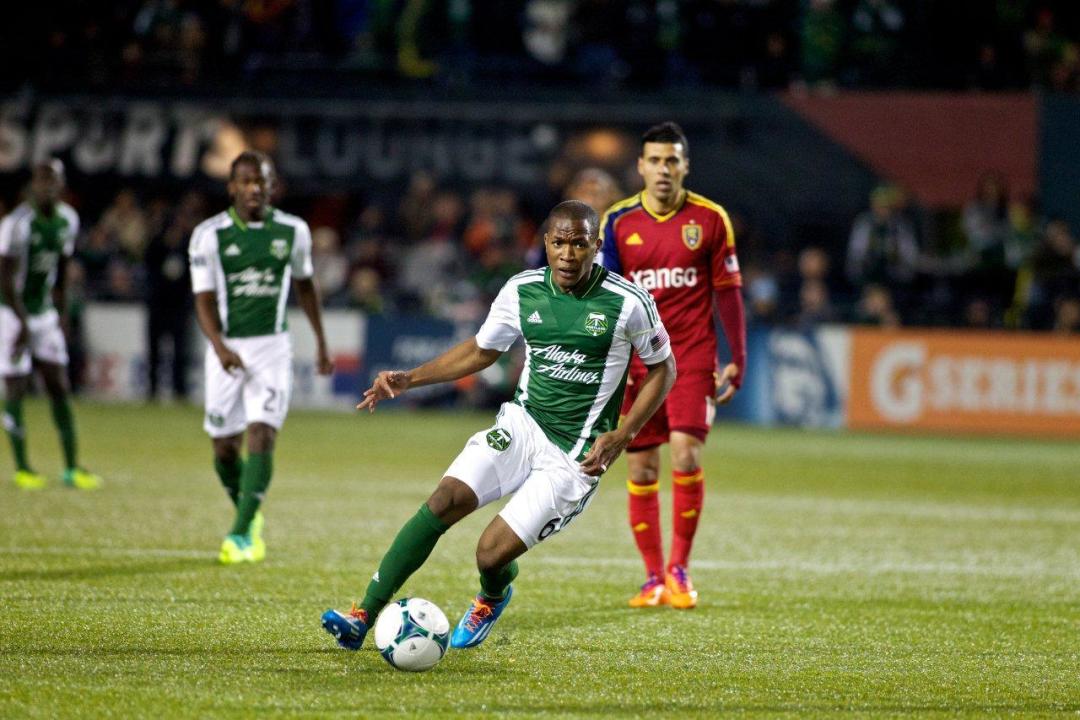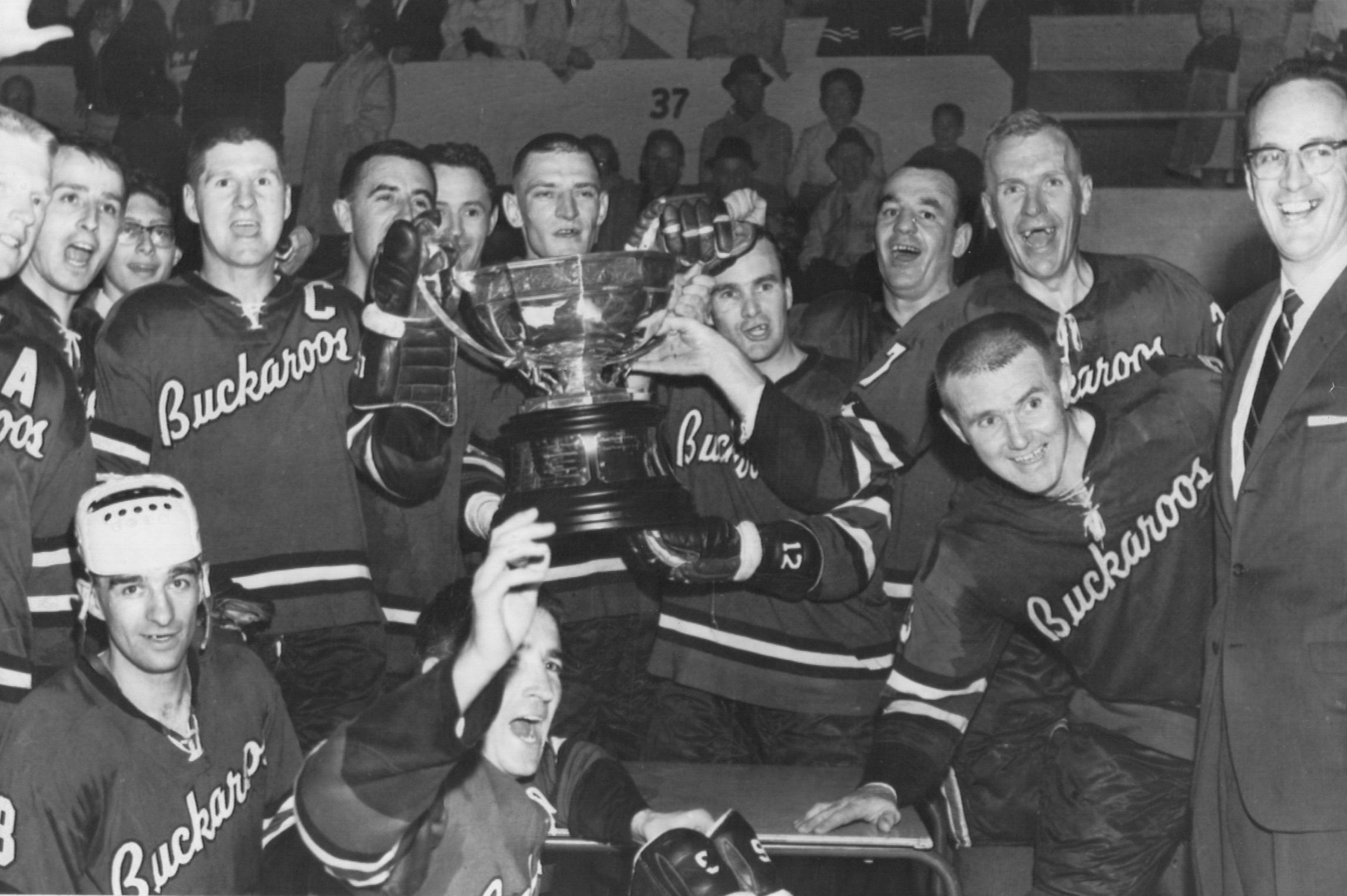The Portland Timbers 2014 Season Review

Just a year after finishing with the best record in the Western Conference, the Portland Timbers find themselves on the outside looking in. The team that qualified for the Champions League, and made it all the way to the Conference Finals in 2013, missed the playoffs in 2014, becoming the team with the best-ever goal differential (+9) to do so. If that little piece of MLS history isn’t the Timbers’ season in a nutshell, I don’t know what is.
How about being the first team in CONCACAF Champions League history to win three group stage games and not move on to the knockout stage.
This was a season of the incomprehensible and of the nearly impossible, a true head-scratcher for soccer fans old and new. Looking back through the year, you find a number of consistent threads: struggling to get the season going, lack of home wins, too many draws, inconsistent defending, and—most frustrating of all—hovering perpetually just below the playoff line.
Let us break the 2014 campaign down to see what went wrong, why Portland missed the playoffs, and ultimately, what to look forward to in 2015.
What Went Wrong
Darlington Nagbe didn’t score! Well, he finally did, but it took over 2,000 minutes. In true Nags fashion though, it was a big one. In a year where the whole team was expected to take a leap forward, the Golden Boy’s scoring drought instead became one of the central microcosms for everything that was wrong with the Timbers as a whole. After scoring six goals in 2012 and stepping up to nine in 2013, Nagbe’s single tally in 2014 seems like a step back. It is tragically over-looked that Nagbe bagged seven assists in 2014, well above his totals of three, one, and four in the previous three respective seasons.
It also helps to have more help. For the first time in Timbers MLS history, two players scored in double-digits. Diego Valeri and Maxi Urruti (11, 10 respectively), along with Fanendo Adi’s 9 and “La Gata” Fernandez’s 7 helped spread the wealth, and ease the burden on Nagbe. Sure, a few more goals would have helped quash kneejerk responses to his production, but keep in mind that the 2014 Timbers scored seven more goals than the more successful 2013 group (61 to 54).
Besides…
Goals scored wasn’t the problem. Portland scored the third most goals in MLS. The Supporters Shield winners, who finished ten spots ahead of Portland in the overall standings, scored only four more goals, and conceded only two fewer. Over 34 matches, the per-game difference is miniscule. Further, the Timbers were one of only three teams in MLS with a positive road goal differential (the Fishing Village finished neutral.)
So fine, the defending was poor. For most of the year, the Timbers goal difference hovered around or below neutral. It finished at a respectable +9, but results show how it went to waste, and was ultimately little more than cosmetic. The 2013 Timbers finished with a +21 differential, while scoring fewer goals.
Well then, where do we point the finger? If you were asked to “name the Timbers back four”, who would you say? Powell-Ridgewell-Kah/Paparatto-Villafaña sounds about right. But how about Jewsbury-Kah-Paparatto-Harrington, or Powell-Futty-Kah-Jewsbury, Harrington-Ridgewell-O’Rourke-Jewsbury, or Jewsbury-McKenzie-Kah-Villafaña? These are just some of the combinations Caleb Porter had to use.
The defense we expect to see on opening day 2015 didn’t play a game together until August 30. Villafaña didn’t crack the starting XI until week 12 (May 24). How about Alvas Powell? The resurgent Jamaican, the dynamic youngster seen as a bright light of hope for 2015, didn’t really arrive until the win in Vancouver on August 30, roughly three months after he was sent off against Columbus. Ridgewell’s arrival on July 18 ushered in the most success the Timbers had all year. He slid seamlessly into the Timbers group and almost immediately brought poise and organization to a back line in disarray. He even wore the captain’s armband after Will Johnson went down. This all, in spite of having to navigate three partners. In all, Caleb Porter utilized four fullbacks six centerbacks; 10 men for a 4-man job.
Blame it on continuity, or lack thereof.
What Went Right
The Timbers do a lot of good business, and 2014 was a perfect example. Gavin Wilkinson takes a good amount of flak for Portland’s struggles, but we suggest thinking instead about the trade that brought Maxi Urruti to Portland. That deal, for Bright Dike and Portland’s lowest first-round pick in 2015, landed the Timbers’ second-leading scorer; Max is more valuable than a top draft pick, by a lot. Gavin also thought ahead about 2015. In 2013, he quietly traded Danny Mwanga to Colorado for their first round pick in 2015. Mwanga, who was acquired for Jorge Perlaza (remember him?) is currently playing his trade in the NASL. Two players who are now out of the league and one perpetually injured striker (poor Bright) for Maxi Urruti and a first-round draft pick. Gavin fleeced both Toronto and Colorado.
And how about El Sueño? If you like Jorge Villafaña, you need to thank Gavin Wilkinson. The dynamic 25-year old was rescued acquired from Chivas USA as a throw-in in a swap of re-entry draft picks. At the time, having to give up Andrew Jean-Baptiste was a tough pill to swallow, but AJB struggled with the Goats, and only started seven games. Gavin Wilkinson excels at making unpopular, tough-but-necessary calls.
The trades were great, but the buys were better. Fanendo Adi was brought in – first on loan – from F.C. Copenhagen, and Liam Ridgewell was wooed to Portland while on vacation in Las Vegas. The trio of Wilkinson, Caleb Porter, and Merritt Paulson, if nothing else, excels in getting players to buy into what’s being built here. If players are willing to uproot their lives to join what’s happening in Portland, you should agree with them and be optimistic.
Adi and Ridgewell had a huge positive impact. The real blame for Portland’s 2014 failure was their dreadful start: 1-3-6. Not to delve too heavily into math and statistics, but that’s 9 points from 10 games, or 0.9 points per game (ppg). Portland were on pace for 30 points, which if kept up for the whole season, would have left them tied with San Jose for dead last in the West. When Fanendo Adi stepped onto the field for the first time as a Timber, his team was down a goal; two minutes later, they were level, and ultimately earned a draw. Portland’s points-per-game haul accelerated from then on. The next eight games, prior to Ridgewell’s arrival, saw the Timbers earn 11 points, at a rate of 1.4ppg. From Ridgewell’s arrival onward, Portland’s 8-3-4 record (28pts from 15 games) yielded an average of 1.86ppg. Only one team in MLS averaged more, and they won the Supporters Shield.
Make no mistake; this team had its chances. As late as late September, the Timbers had not only a golden opportunity to seize a playoff spot, they had an outside shot at third. How is that possible, you might ask? Winning eight of your last 15 games, drawing four, and losing only three is a start. It’s easy then to point the finger at the blown 2-0 lead in Toronto, a game which Portland ultimately lost in downright heartbreaking fashion. A win or draw at BMO field, coupled with the Timbers’ fine form to close the season (3W, 1D), would have been enough for a playoff berth. The roots of 2014’s failure, however, took hold well before that infamous late September afternoon.
In the end, six playoff teams finished with 10+ losses; Portland had nine. And, while +9 goes on the record as the best goal difference to not make the playoffs, it was better than four playoff teams. On paper, Portland was best team to not make the playoffs, but if the group that finished the year had also started it, we would be singing a very different tune.
What To Expect
No changes are permanent, but change is. Major League Soccer recently released a busy 2014/15 off-season calendar. There will be an expansion draft for two new teams—New York City FC (NYCFC) and Orlando City SC—a dispersal draft of Chivas USA players, trade windows, waiver drafts, and the SuperDraft. That’s a lot.
And about that traded pick in the Villafaña deal: the key word is “lowest”. With two new teams, the pick Toronto gets from Portland should hover around the middle of the pack, while the Timbers get Colorado’s fifth-overall pick. The Timbers roster will inevitably have spots to fill, and that pick could turn into a useful prospect, or end up part of a deal that brings a ready-to-play veteran (defender or replacement for the retired Steve Zakuani, we suggest) to the Rose City. And Maxi Urruti. We’ll say it again: Gavin fleeced Toronto and Colorado.
Speaking of filling the roster, Will Johnson and Diego Valeri are hurt! The Captain and El Maestro both had successful surgeries recently, Will for the fractured tibia/fibula suffered in Toronto, and Diego for the torn ACL in his left knee. Both are expected to make full recoveries, but they are also both expected to miss the first part of 2015. Coach Porter, who clearly agrees with our assertion that a poor start doomed the season, recently stressed the need to “hit the ground running” in 2015, and a big part of that is compensating for Diego Valeri’s production and presence. There very well could be a creative midfielder acquisition in the Timbers’ near future.
Could the current roster be shaken up? In short, it’s very possible. The Timbers have a couple of aging key cogs: Ricketts turns 38 and Pa Modou Kah turns 35, both in July. Kah, who battled Achilles tendonitis for most of 2014, may very well continue the trend of not being available as much as everyone would like him to be. In 2014, that meant a lot of playing time for Rauwshan McKenzie and Danny O’Rourke. Norberto Paparatto, who himself turns 31 in January, should get a lot of playing time next to Liam Ridgewell, but don’t be surprised if the Timbers acquire at least one more central defender.
There will certainly be news, and when it breaks, we’ll be here to help break it down. Until then…
ONWARD, ROSE CITY!




